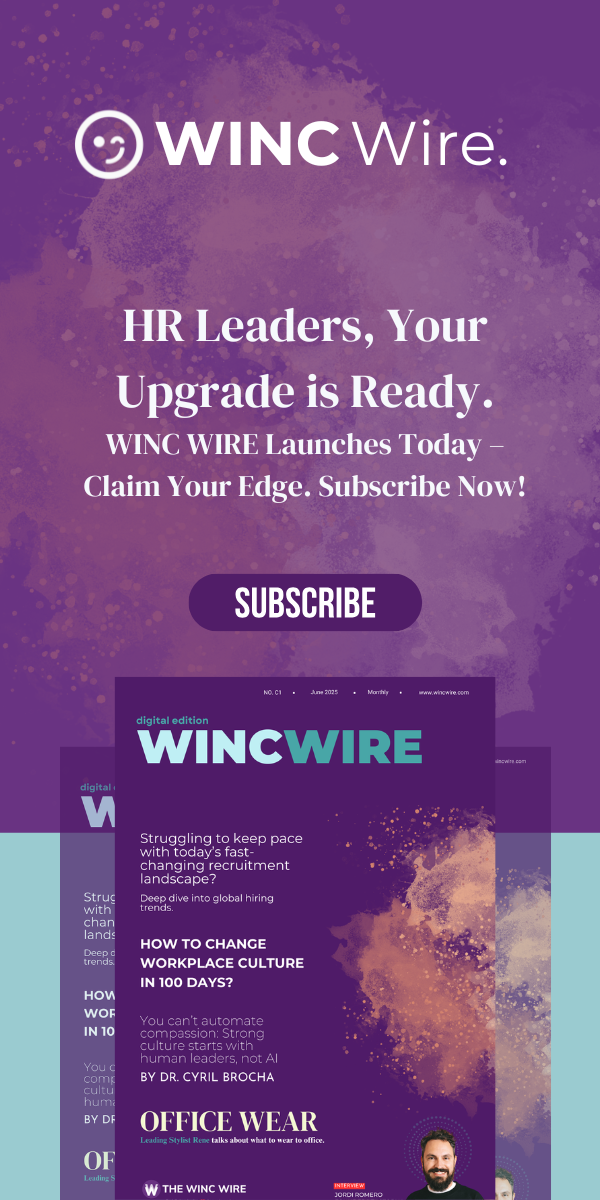Picture an HR department no longer confined to compliance and contracts, but leading the charge in business transformation — forecasting workforce trends, refining culture, and driving value at scale. This isn’t a distant dream. It’s the here and now — powered by HR analytics.
We’ve stepped beyond the era of instinctive decisions and legacy systems. Today, the organisations shaping the future are those embracing data as their North Star. For HR professionals, analytics isn’t simply a tool — it’s a strategic enabler that enhances our impact and elevates our people.
From Gut Feelings to Guided Decisions
There’s a clear distinction between metrics and analytics. Metrics are the snapshots — headcount, time-to-hire, and attrition rates. Analytics, by contrast, draws the curtain back and uncovers the narrative behind the numbers.
Take a high turnover rate. The metric flags the problem. Analytics goes deeper, revealing root causes such as inconsistent onboarding, lack of development pathways, or underperforming leadership. It offers not just awareness, but direction.
In the hospitality sector, I’ve seen how analytics transformed team performance — not by flooding us with figures, but by helping us understand why certain sites thrived while others struggled. It became a dialogue between data and action — a conversation that built stronger teams.
Why HR Analytics is Business-Critical
Organisations investing in analytics aren’t just improving HR — they’re redefining how business is done. Here’s how:
- Attracting and Retaining Talent
Understand the true drivers behind why people join — and why they stay. Refine sourcing strategies and retention initiatives rooted in evidence, not assumptions. - Unlocking Performance Potential
Discover what fuels your top performers — whether it’s autonomy, structured coaching, or recognition. Then replicate that success across your wider workforce. - Planning for the Unknown
Predictive analytics can spotlight future skills gaps and talent shortages before they become constraints. It’s strategic workforce planning, future-ready. - Demonstrating HR’s Strategic Value
When HR aligns initiatives with business results, we shift from support function to strategic engine. Analytics makes that elevation tangible. - Managing Costs with Precision
From optimising shift patterns to reducing overtime dependency, data empowers us to maintain high performance without overspend.
10 Metrics That Matter — But Only If You Act on Them
For those new to the journey, here’s your foundation:
- Turnover Rate – Track and understand why people leave.
- Time-to-Hire – Measure recruitment efficiency.
- Cost-per-Hire – Reveal true talent acquisition spend.
- Productivity – Align output with objectives.
- Revenue per Employee – Gauge individual value creation.
- Attendance Rates – Identify absenteeism patterns early.
- Labour Cost Ratio – Balance wage expenditure and returns.
- Overtime Use – Highlight risks of fatigue and inefficiency.
- Training ROI – Test learning investment effectiveness.
- Diversity Benchmarks – Build inclusive, representative cultures.
These aren’t just statistics. They’re the beginnings of meaningful conversations. The numbers, when contextualised, can illuminate paths forward — and shape decisions with substance.
Tackling the Challenges Head-On
Of course, analytics doesn’t come without friction. I’ve worked with global teams who faced:
- Inconsistent Data Quality – Without accuracy, insights crumble. Solid foundations matter.
- Cultural Resistance – Change can trigger scepticism. Demonstrating quick wins fosters trust.
- Skills Gaps – HR doesn’t need data scientists, but we do need storytellers who understand numbers. Upskilling here is vital.
But when you persevere, the returns are exponential. Teams become sharper. Decision-making grows faster, more grounded. Leaders start to ask the right questions — and listen to the answers.
From Insight to Action: Making it Count
Analytics alone won’t transform anything. It’s what you do with it that makes the difference:
- Start with a challenge worth solving.
- Build from reliable, well-structured data.
- Use tools that connect with your existing systems.
- Translate numbers into human impact.
- Monitor, refine, repeat.
In my experience, the most future-focused companies are those that embed this rhythm — insight, action, reflection — into their culture.
Why This Matters Right Now
The workplace is evolving at pace. Flexibility is expected. Accountability is non-negotiable. Agility is currency. In this environment, HR analytics isn’t a luxury. It’s survival. More than that — it’s competitive advantage.
With clear data, you can pre-empt attrition risks, pivot strategies, and cultivate high-performing, engaged teams. You can replace guesswork with foresight — and lead HR into its rightful place at the strategic table.
Final Thought: Let Data Serve Your People, Not Just Your KPIs
HR analytics isn’t about spreadsheets. It’s about stories — of people, performance, and potential.
When used with intent, it helps us see the person behind the profile, the pattern beneath the numbers, and the possibilities within our workforce. It invites us to lead with clarity, act with courage, and build workplaces that aren’t just efficient — but deeply human.





